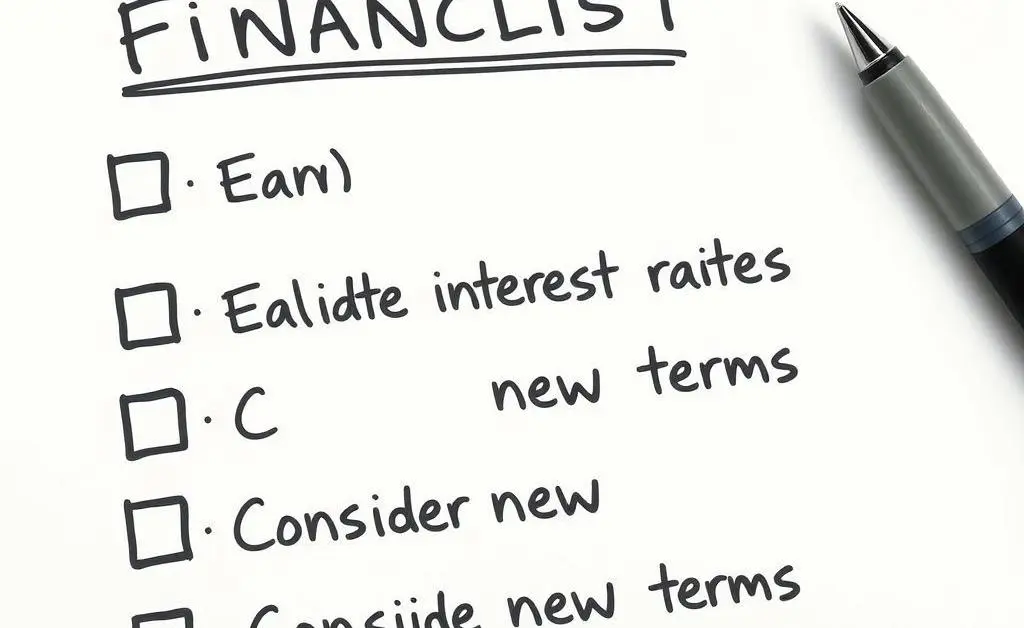Navigating Mortgage Refinancing: What to Expect and How to Prepare
Demystify the mortgage refinancing process with clarity and ease.

Ever found yourself overwhelmed just thinking about mortgage refinancing? Picture this: you’re sitting at your kitchen table, a warm cup of coffee in hand, staring at a mountain of paperwork and thinking, “Where do I even start?” If this sounds familiar, then you’re in the right place. Navigating the refinancing process doesn’t have to be a daunting task. Let’s walk through it together.
Understanding the Refinancing Process
Refinancing your mortgage can seem complex, but it’s a straightforward process once you get the hang of it. Essentially, you’re replacing your existing mortgage with a new one, usually to get a better interest rate or change your loan terms.
- Lowering your interest rate: This is the most common reason people refinance. A reduced interest rate can save you money over the life of your loan.
- Changing your loan term: Switching from a 30-year to a 15-year term can help pay off your mortgage faster.
- Accessing your home's equity: Cash-out refinances allow you to take advantage of the equity you've built up in your home.
Each of these options comes with its own benefits and considerations. Think about what aligns with your current financial goals.
Preparing for the Unknown Closing Date
A common question that arises when refinancing is: When will it all come together? Often, your exact closing date can be a bit of a moving target. Here’s a relatable story: my friend Sarah recently went through refinancing, and it took her a while to pin down the exact closing date. She found that staying organized and in close communication with her lender made a world of difference.
Tips to Stay on Track
Here are some practical steps to help keep everything in check:
- Stay informed: Keep an open line of communication with your lender to understand what’s needed from you.
- Organize documents: Have all necessary documents ready - like proof of income, tax returns, and bank statements.
- Budget for flexibility: Be ready for any slight changes in closing costs or dates to avoid unwelcome surprises.

Key Takeaways
Knowing what to expect can transform refinancing from a stressful challenge into a manageable task.
Remember, it’s always a good idea to consult with financial advisors or professionals who can offer personalized advice based on your unique circumstances.
So, what’s your main concern about refinancing? Let’s discuss it in the comments!




